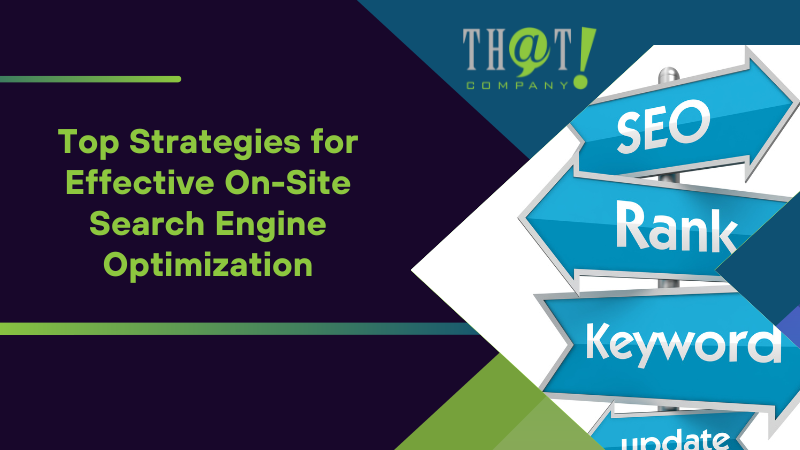
On site search engine optimization (SEO) is about optimizing individual pages on your website to rank higher in search engines like Google. This guide will walk you through the essential elements of on site SEO, including content quality, keyword optimization, and technical factors, to help you drive more organic traffic to your site.
Key Takeaways
- On-site SEO focuses on optimizing elements within a website to enhance search engine rankings and user experience, including content quality, keyword optimization, and technical factors.
- Investing in on-site SEO is essential for organizations aiming to boost visibility, as a high-ranking page can drive significant organic traffic and increase conversions.
- Regular monitoring and updating of SEO strategies, combined with effective use of internal linking, schema markup, and mobile-friendly design, are crucial for maintaining and improving search performance.

Understanding On-Site SEO
On-site SEO, also known as on-page SEO, involves optimizing the content of your web page. The goal is to achieve higher rankings in search engines and attract more traffic. It’s a crucial component of search engine optimization (SEO) that involves various strategies and tactics aimed at improving individual web pages’ relevance and user experience. Unlike off-site SEO, which focuses on external factors like backlinks, off page seo refers to actions taken directly on your website to influence its rankings.
The primary goal of on-page SEO is to help your pages rank higher on search engines like Google, driving more organic traffic to your site. This involves optimizing elements such as page titles, meta descriptions, header tags, keyword usage, and internal links. Enhancing these elements improves your site’s visibility and helps search engine crawlers understand your content better.
On-site SEO is not just about placing keywords on your pages; it’s about creating a well-structured, user-friendly website that provides valuable content to visitors. Factors such as title tags, meta descriptions, and internal links play a significant role in improving search engine rankings and driving organic traffic. Understanding and implementing these on site SEO factors effectively is key to a successful on-page SEO strategy.
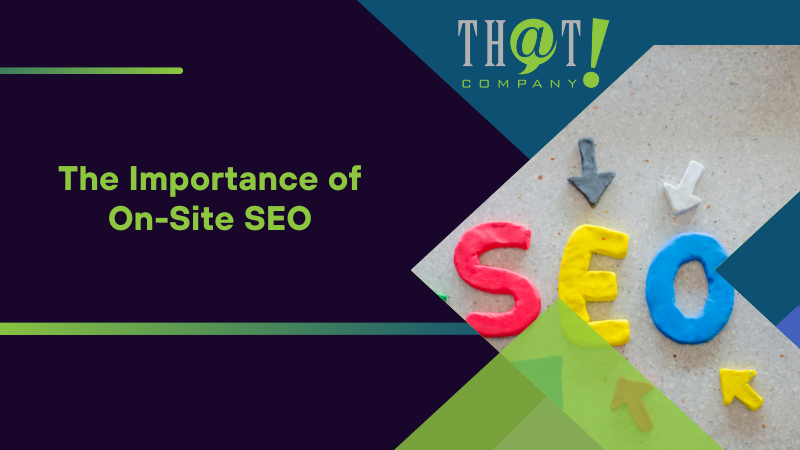
The Importance of On-Site SEO
The importance of on-site SEO cannot be overstated. It enhances search rankings, improves user experience, and boosts content discoverability. Effective on-page SEO yields a high return on investment, making it one of the most cost-effective digital marketing strategies available today. Approximately 40% of online revenue is generated from search traffic, illustrating the significance of optimizing for search engines.
Investing in on-page SEO is essential for businesses that want to maintain visibility in search results and compete effectively in their industry. The top search result on Google receives over 32% of total keyword traffic, emphasizing the necessity of effective on-page optimization. User engagement metrics, such as bounce rate and dwell time, play a significant role in how Google ranks pages on search engine results pages, making it crucial to focus on improving user experience.
Moreover, a mobile-friendly website can significantly increase conversion rates, as visitors are more likely to take action if their experience is optimized for mobile devices. Rich snippets, which provide additional information in search results, also improve user experience and help users identify relevant pages quickly.
By prioritizing on-site SEO, businesses can ensure they are meeting user needs and search engine requirements, leading to better search engine ranking and increased website traffic.
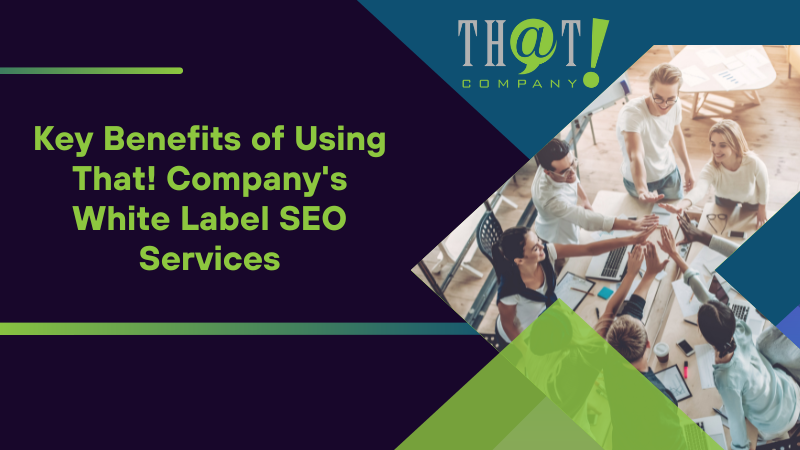
Key Benefits of Using That! Company’s White Label SEO Services
Partnering with That! Company for white label SEO agency offers numerous advantages for digital marketing agencies. Outsourcing SEO tasks allows agencies to enhance their service offerings, improve client satisfaction, and achieve sustainable growth in the competitive digital marketing landscape. This partnership allows agencies to focus on their core business operations while That! Company handles the intricacies of SEO, ensuring high-quality results for clients.
That! Company provides comprehensive search engine optimization solutions, combining content creation, technical SEO, and on-page optimization to achieve sustainable organic search engine results. Their expertise across various digital marketing channels, including PPC management, social media marketing, and reputation management, enables agencies to offer clients a full suite of services without the need to develop in-house expertise.
This approach not only maximizes profitability but also enhances client retention and satisfaction.

Essential On-Site SEO Elements
Creating an effective on-site search engine optimization strategy involves understanding and implementing several key elements. These elements include content quality, keyword optimization, and technical factors, all of which play a vital role in improving search engine rankings and user experience. High-quality content that matches search intent is crucial for improving rankings, as search engines continuously update algorithms to better interpret user intent.
On-page SEO also involves optimizing title tags, metadata, and internal links to enhance search visibility and user engagement. Internal links help establish a site hierarchy, allowing for better allocation of link value to important pages.
By focusing on these critical components, you can develop a strong on-site SEO strategy. This will help drive organic traffic and improve search engine rankings.
Content Quality
Content quality is a fundamental aspect of on-site SEO. Unique and valuable content that directly addresses search intent is essential for maintaining high rankings on search engines. Google prefers comprehensive content that covers an entire topic, enhancing its likelihood of ranking well. Thin content, on the other hand, harms SEO performance due to poor engagement and higher bounce rates.
To create effective content, it’s crucial to understand and align with the search intent for specific keywords. Not understanding search intent can lead to content that has no chance of ranking. Additionally, duplicate content should be avoided as it degrades user experience and confuses search engines. Ensuring that your content is unique, detailed, and helpful will not only improve your search engine rankings but also enhance user engagement.
Improving content readability is another vital aspect of content quality. Keeping paragraphs short and concise, and making content easy to read and scannable, can significantly improve user engagement. By focusing on these strategies, you can create high-quality content that resonates with both search engines and users, driving better SEO performance.
Keyword Optimization
Keyword optimization is a critical component of on-site search engine optimization. Understanding search queries and intent is crucial for selecting the appropriate target keyword for content optimization and identifying target keywords for your audience. Conducting thorough keyword research involves identifying keywords and phrases used by your target audience. Tools like Ahrefs and Semrush can help you filter keywords by search volume, keyword difficulty, and relevancy to narrow down effective choices.
When integrating keywords into your content, focus on relevance rather than quantity to avoid keyword stuffing. Placing keywords in key areas such as headings and title tags enhances visibility and relevance. It’s also essential to ensure that keywords support each other by using secondary keywords alongside the primary keyword. This approach not only broadens your reach but also improves the overall quality of your content.
Effective keyword optimization involves strategically placing keywords within the first 100 words of your content and ensuring that title tags and meta descriptions accurately reflect the page’s content. By following these best practices, you can improve your chances of ranking higher in search engine results and driving more organic traffic to your website.
Technical Factors
Technical factors play a significant role in on-site search engine optimization and can greatly influence your website’s performance. Image optimization is one such factor, as large image file sizes can significantly impact page load speed. Reducing image file sizes and using formats like WebP enhances page load times and improves user experience.
Another critical aspect is optimizing URLs to enhance crawlability and user experience. A good URL should be human-readable and ideally no longer than five words. Additionally, a well-organized website structure aids search engines in effectively crawling and indexing pages, thereby improving the website’s overall SEO.
Ensuring that your site is mobile-friendly is essential for providing a better user experience. It also helps reduce bounce rates and improve search rankings.
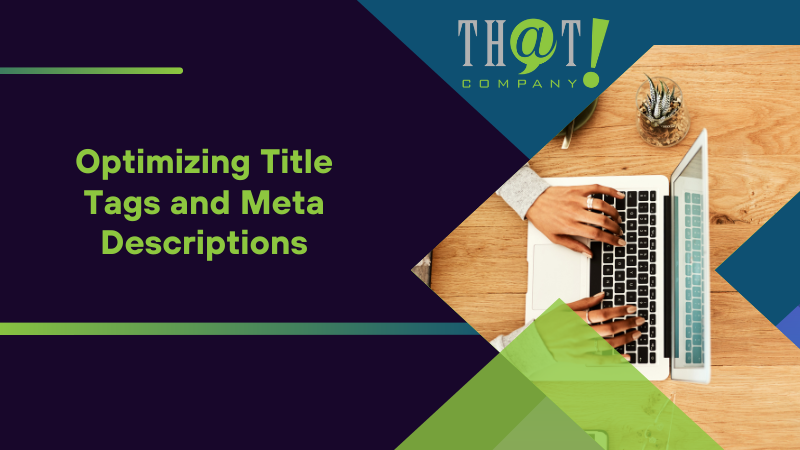
Optimizing Title Tags and Meta Descriptions
Optimizing Title tag and meta descriptions is crucial for improving your website’s visibility and click-through rates in search engine results. Title tags play a significant role in helping search engines determine the relevance of a page. They appear in search results, browser tabs, and social media posts, making them a critical element for attracting clicks. To create effective title tags, ensure they are descriptive, concise, and compelling, with keywords placed closer to the beginning for added SEO weight.
Meta descriptions serve as an invitation for users to click on a search result, influencing the click-through rate indirectly by enhancing perceived relevance. While a meta description does not directly affect rankings, it can increase overall visibility through improved engagement. Creating unique meta descriptions for each page prevents user experience issues in search results. It also ensures they accurately reflect the page’s content.
Incorporating a call to action in meta descriptions can motivate users to click, further improving engagement. Keeping meta descriptions concise, ideally around 155 characters, ensures they are fully visible in search results. By focusing on optimizing title tags and meta descriptions, you can enhance your website’s search visibility and drive more organic traffic.

Enhancing Page Speed
Page speed is a critical element that significantly influences how users perceive a website’s professionalism and value. A slow website can drastically increase bounce rates and reduce conversion rates, as users tend to abandon sites that take too long to load. Improving page speed not only enhances user experience but also positively impacts search engine rankings, as search engines prioritize fast-loading websites.
One effective strategy for enhancing page speed is optimizing images by reducing their file sizes and using formats like WebP. Implementing a Content Delivery Network (CDN) can also decrease load times by caching content closer to the user. Using caching plugins can further improve website speed by storing static versions of pages, which reduces server load. Regularly monitoring page speed is essential for identifying issues that could negatively impact user experience.
Implementing these strategies significantly enhances page speed, leading to better user engagement, higher search rankings, and increased revenue. Remember, even a small improvement in page speed can have a substantial impact on your website’s performance and user satisfaction.

Mobile-Friendliness and Responsive Design
Ensuring that your website is mobile-friendly is no longer optional; it’s a necessity. A mobile-friendly website ensures that users have a positive experience across all types of devices. Responsive design is crucial as it creates a seamless user interaction, enhancing overall engagement on the site. With almost 60% of website traffic coming from mobile devices, optimizing for mobile display is essential.
To check if a webpage is mobile-friendly, you can use Google’s mobile-friendly test, which provides insights into how well your site performs on mobile devices. Implementing responsive design enhances user experience and positively influences search engine rankings, as search engines prioritize mobile-friendly websites in their algorithms.
Ensuring a mobile-friendly and responsive design enhances user engagement, reduces bounce rates, and improves search engine rankings. This approach helps you cater to the growing number of mobile users. It also ensures that your website remains competitive in the digital landscape.
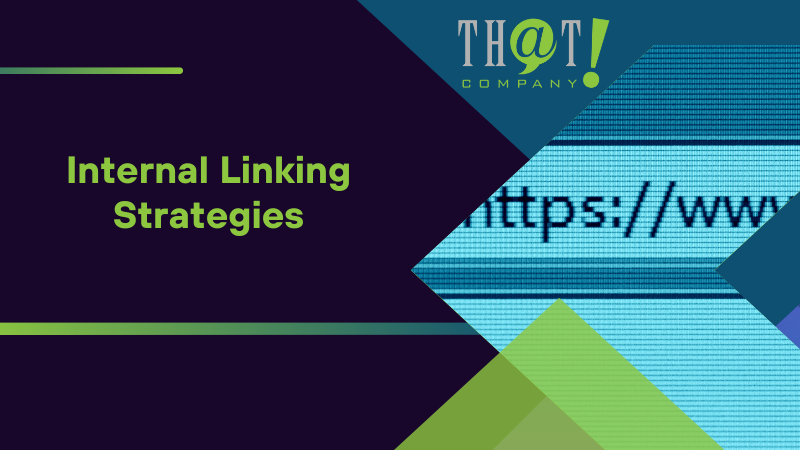
Internal Linking Strategies
Improving navigation and user engagement, internal linking plays a vital role in on-site search engine optimization. Internal links guide visitors to related content, helping them find more information on your site. This not only enhances user experience but also distributes link equity throughout your site, boosting the visibility of newer posts and pages.
Effective internal linking involves creating contextual links within your content that enhance navigation and help search engines understand page relevance. Linking taxonomies, such as categories and tags, can further aid users and search engines in navigating related internal link content effectively.
Implementing these strategies improves your site’s SEO performance and user engagement.

Utilizing Visual Elements
Visual content is a powerful tool for improving user engagement and retaining visitors, which positively influences search rankings. Embedding videos on a webpage can enhance user experience by increasing the time spent on the site. High-quality visuals, such as infographics, can simplify complex data, making it more digestible and engaging for users.
Optimizing visual content according to mobile standards is crucial for accessibility and user experience. Descriptive alt text, file names, and employing original images instead of stock images help enhance SEO rankings. Effectively utilizing visual elements boosts site engagement and overall SEO performance.

Schema Markup and Rich Snippets
Schema markup, also known as structured data, utilizes HTML tags to enhance how search engines interpret content on a webpage. Rich snippets, which can include images, ratings, and reviews, improve search result visibility and attract more attention. Implementing schema markup allows Google to pull more data and rank pages for relevant queries. This improves user experience and enhances SEO performance.
Marking up business information with schema markup helps pull information into search results as rich snippets, which can significantly enhance click-through rates. There are primarily two formats for schema data: JSON-LD and microdata. Using tools like the Structured Data Testing Tool and Schema.org’s markup validator ensures correct implementation of schema markup.
Regularly checking your schema implementation using a Site Audit tool can provide insights into schema markup status and help you identify any issues. Leveraging schema markup and rich snippets improves site visibility and user engagement in search results.

Regularly Updating Content
Regularly updating your content with new insights and information enhances its relevance and ranking potential. Creating fresh content demonstrates to search engines that your website is active and relevant, which could enhance its rankings. Maintaining updated visual content ensures relevancy and can improve search engine visibility.
Consistently providing new and valuable information sustains long-term SEO benefits. Regularly updating content not only keeps it relevant but also improves user engagement, driving better performance in search engine rankings.

Monitoring and Analyzing SEO Performance
Monitoring and analyzing SEO performance is crucial for assessing the effectiveness of your strategies. Performance tracking should include metrics such as organic traffic, bounce rate, and conversion rates. Effective SEO tracking tools provide features like performance monitoring, competitor analysis, and keyword tracking. These help measure the success of your optimization efforts.
Google Analytics and Google Search Console are essential for obtaining performance insights and identifying areas for enhancement in your SEO strategies. Tools like Ahrefs and Semrush provide detailed metrics and reporting capabilities to help marketers understand their ranking performance over time. Utilizing a combination of SEO tools allows for a comprehensive understanding of both on-page and off-page performance.
Regular audits using tools like Screaming Frog help identify technical issues that may be affecting SEO performance. Automated reporting features in SEO tools save time and provide regular updates on key performance indicators. Regularly evaluating and improving SEO strategies ensures sustained success and growth in website performance.
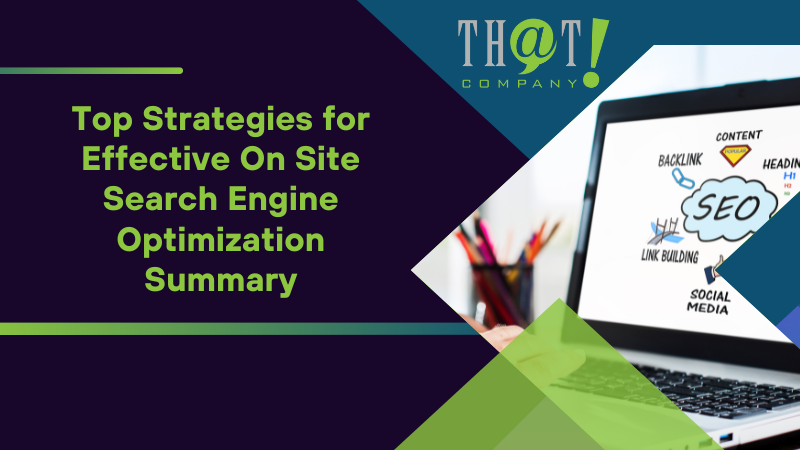
Summary
In summary, effective on-site search engine optimization involves high-quality content, strategic keyword optimization, and technical factors. Partnering with a white label marketing agency can help implement these strategies efficiently. By focusing on these elements, you can improve search rankings, enhance user experience, and drive more organic traffic. Regular updates and performance monitoring are also crucial for long-term SEO success.
Implementing the strategies discussed in this guide will help you create a well-rounded on-site SEO strategy that meets both user needs and search engine requirements. Remember, the key to successful SEO is consistency and continuous improvement. By staying updated with the latest trends and best practices, you can ensure your website remains competitive in the ever-evolving digital landscape.
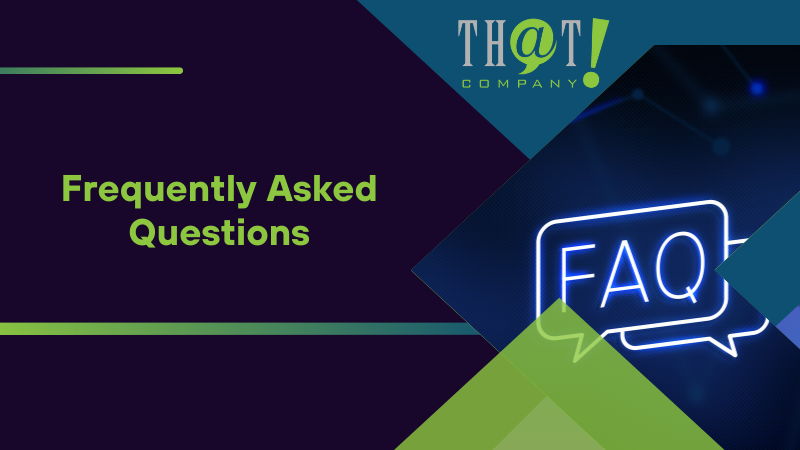
Frequently Asked Questions
What is on-site SEO and why is it important?
On-site SEO, or on-page SEO, is essential for optimizing your website’s content to enhance search engine rankings and boost traffic. By focusing on this aspect, you improve user experience and make your content more discoverable.
How does keyword optimization impact on-site SEO?
Keyword optimization is crucial for on-site search engine optimization as it enhances content relevance. This helps search engines understand and rank your site better, ultimately driving more organic traffic. Prioritizing effective keyword integration will significantly improve your site’s visibility in search results.
What are the benefits of using That! Company’s white label SEO services?
Utilizing That! Company’s white label SEO services elevates your service offerings and boosts client satisfaction. With white label SEO for agencies, you gain comprehensive SEO solutions, including content creation and technical optimization. This partnership fosters sustainable business growth.
Why is mobile-friendliness important for SEO?
Mobile-friendliness is crucial for SEO because it enhances user experience on various devices and significantly impacts search rankings. With nearly 60% of web traffic originating from mobile, optimizing for this platform is essential for engagement and visibility.
How can I monitor and analyze my SEO performance effectively?
To effectively monitor and analyze your SEO performance, focus on key metrics like organic traffic, bounce rate, and conversion rates using tools such as Google Analytics, Google Search Console, Ahrefs, and Semrush. These tools offer valuable insights that can significantly enhance your SEO strategies.

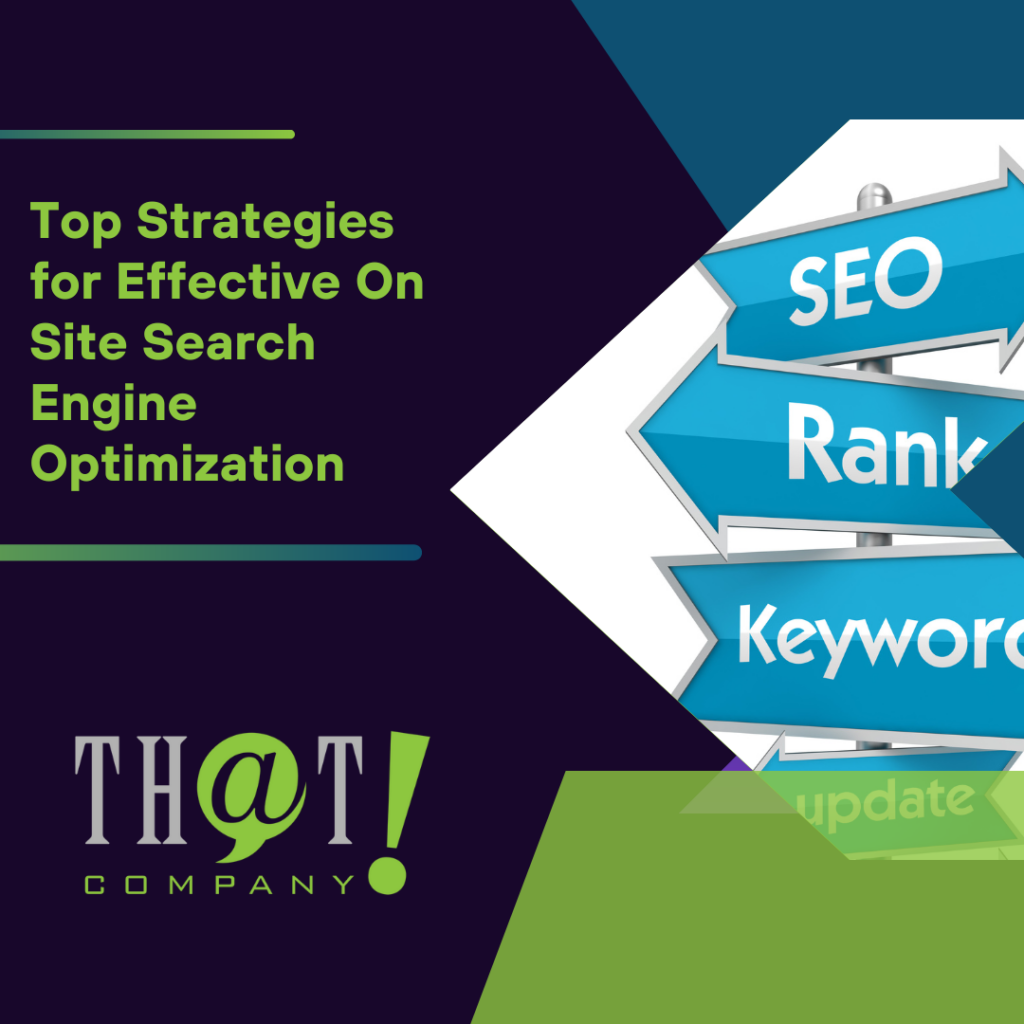








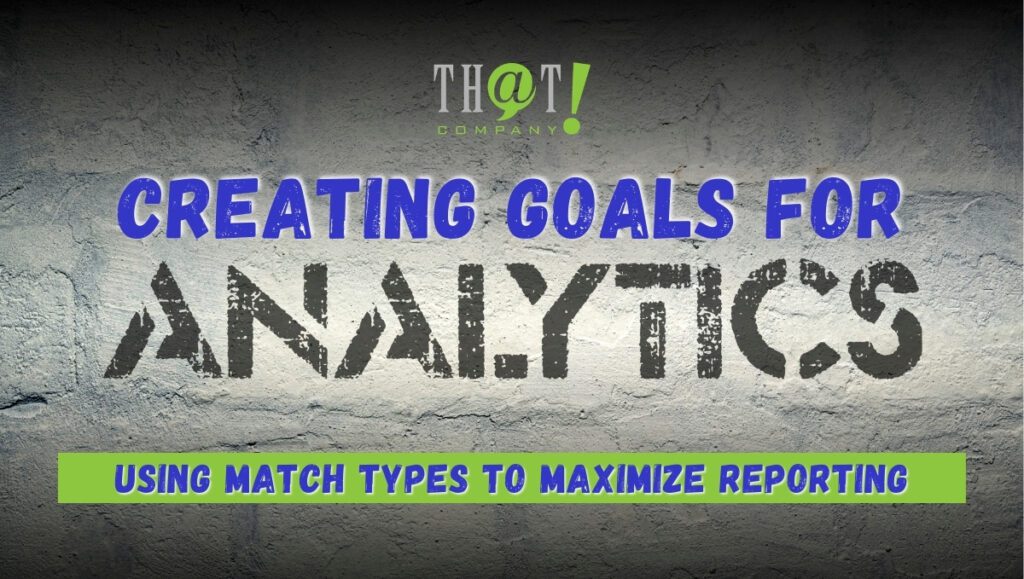


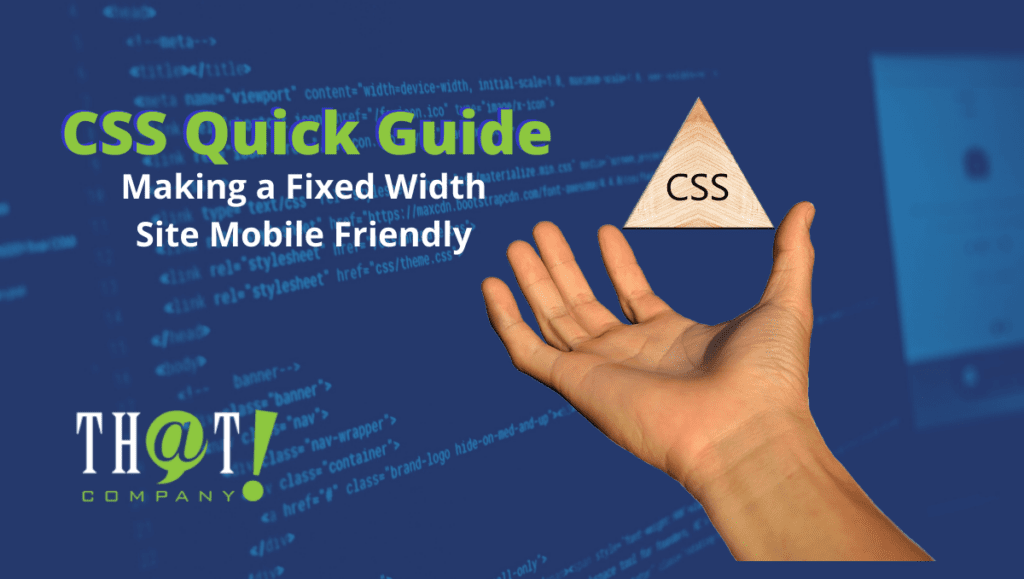






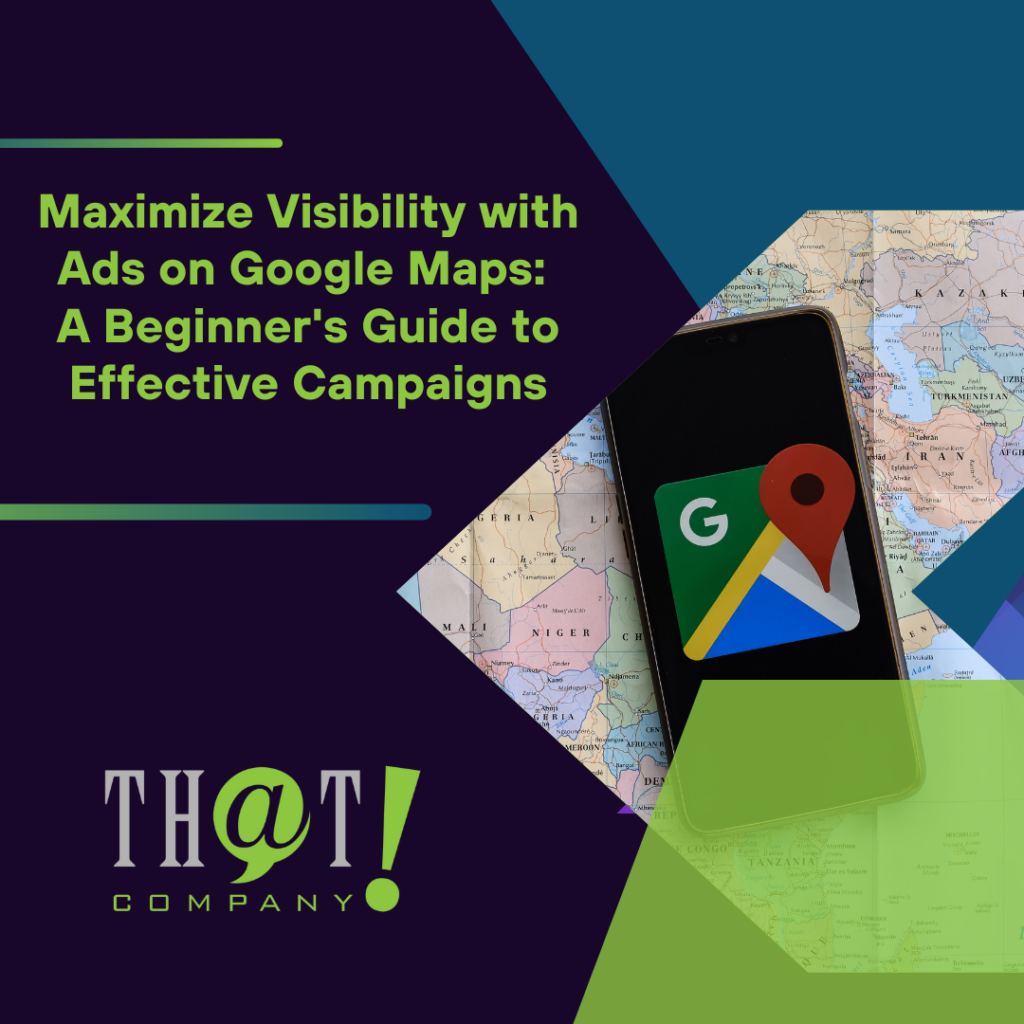
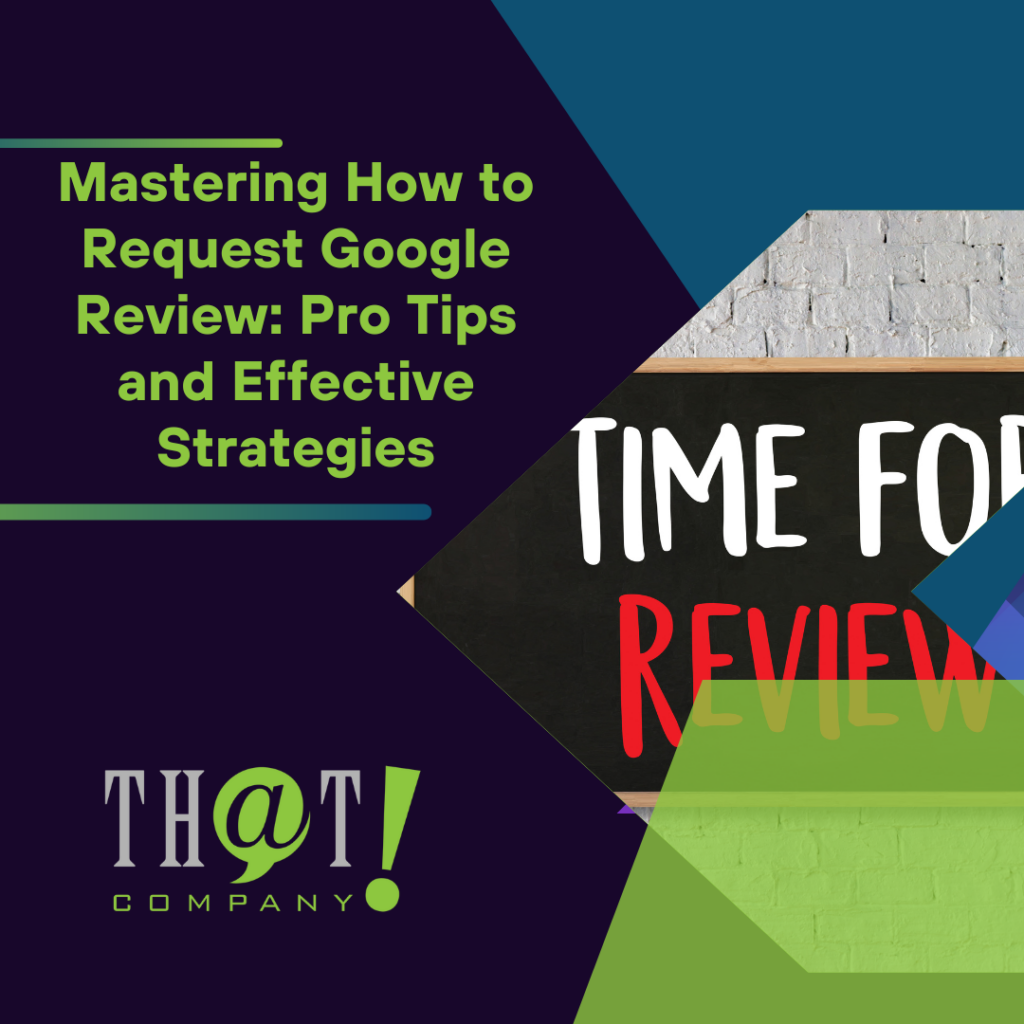

 Talk With Us
Talk With Us  Give Some Love
Give Some Love 


